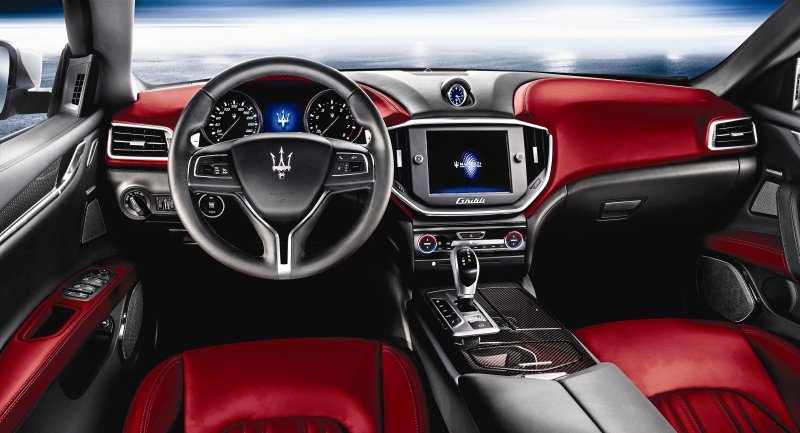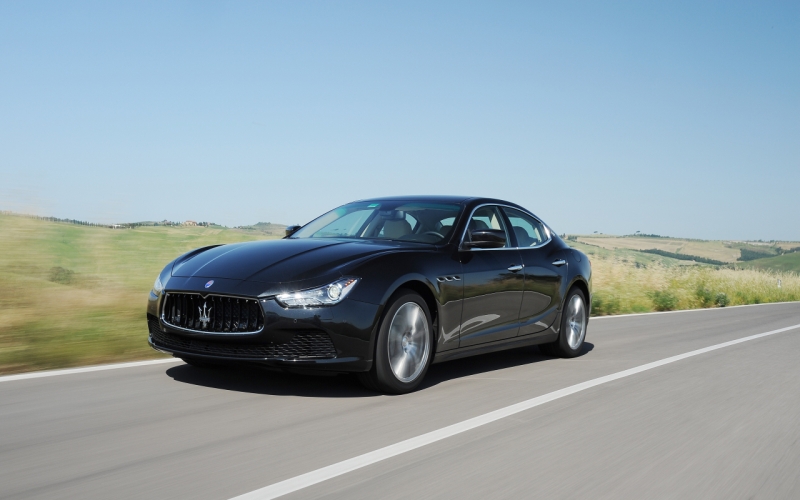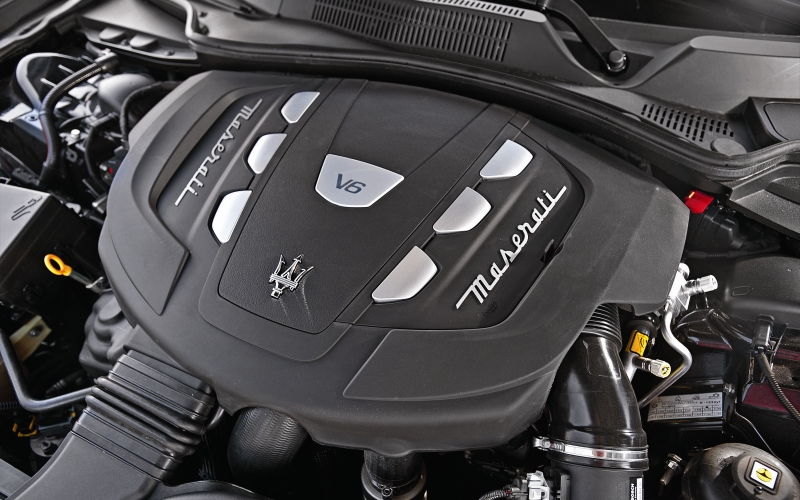
The interior is elegant and surrounded by Italian leather and design elements. A dark-theme cabin with wood accents is a nice place to be, and it feels premium but sporty at the same time. The seats are extremely supportive and the position beckons for spirited driving. The space is just about adequate. It’s not a class-bester, that’s for sure, but what it is, is a different approach to what many want in an executive sedan. This is the car for you if you’re one to arrive for a gun-fight, pistol in one hand and cocktail in the other.
Under the long bonnet is a longitudinal 3.0-litre V6 twin-turbocharged diesel motor with second-generation Bosch common-rail direct injection at 2,000 bar. What that means to you and your emotive right foot is 275 PS and a V8-bettering 600 Nm of torque, which arrives from just 2,000 RPM. Eight speeds for the automatic transmission driving the rear axle are good enough to deliver equal measures of performance and efficiency. Although, it did feel like that they were focused more on the latter.
The Ghibli Diesel starts with a slightly clattery purr, and settles into a disappointing near-silent idle. Well, those who don’t want engine sound would be happy with this, especially in the normal driving mode. Thankfully, the Italians know what buyers might also want and the ‘Sport’ mode lets the engine let out a throaty and bass-laden growl. Definitely not a tenor this one.
At nearly five metres long and weighing 1.8 tonnes, the diesel Ghibli is not light-footed. The torque, 600 Nm of it, still seems just a bit more than adequate, the larger Quattroporte also uses the same engine in the same state of tune, so it should be just fine in the Ghibli, more sprightly even. We were at the Bosch Proving Grounds at Boxberg, and the handling course and the big oval banked circuit were both calling out. I flick the lever to ‘D’ and exercise my rights, er, right foot.






















Leave a Reply